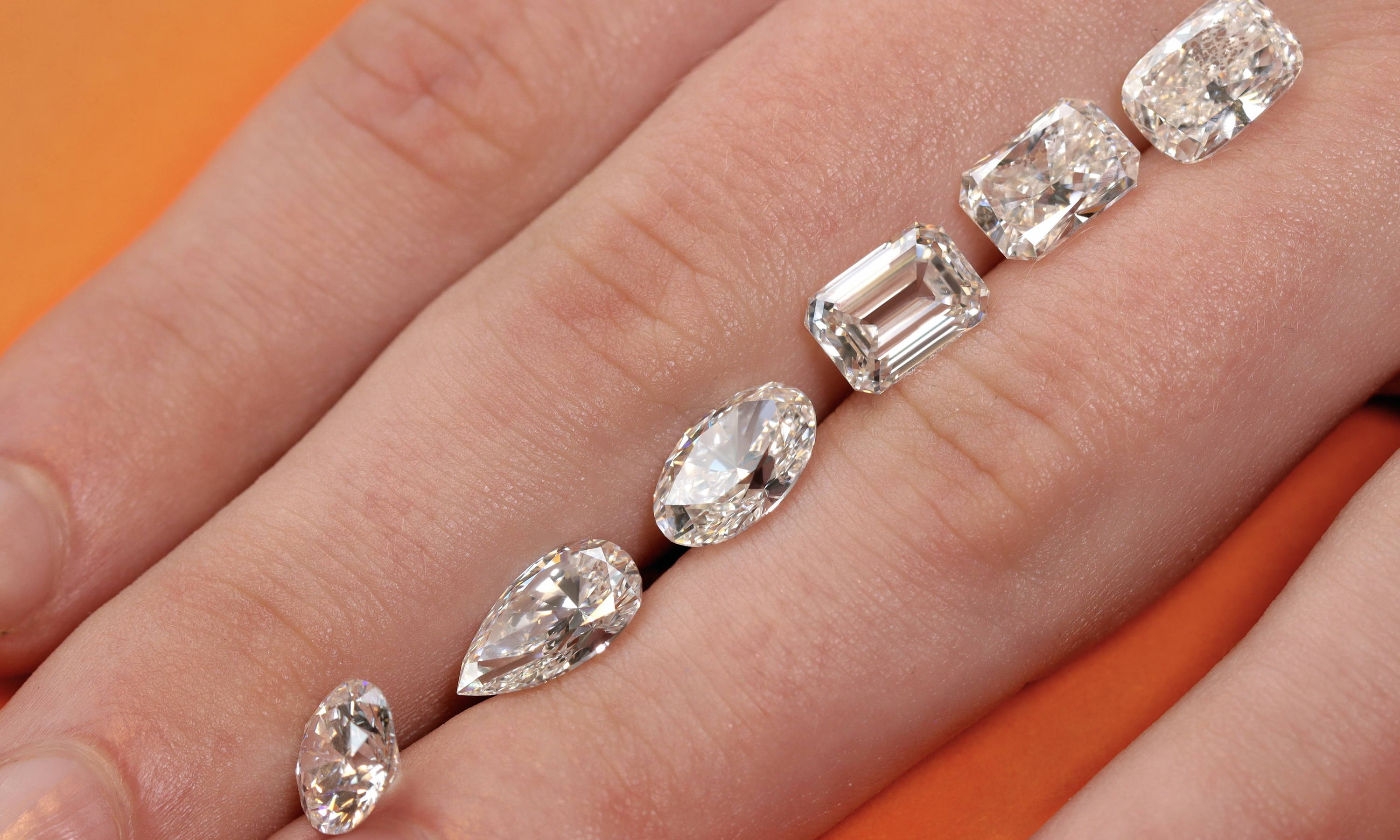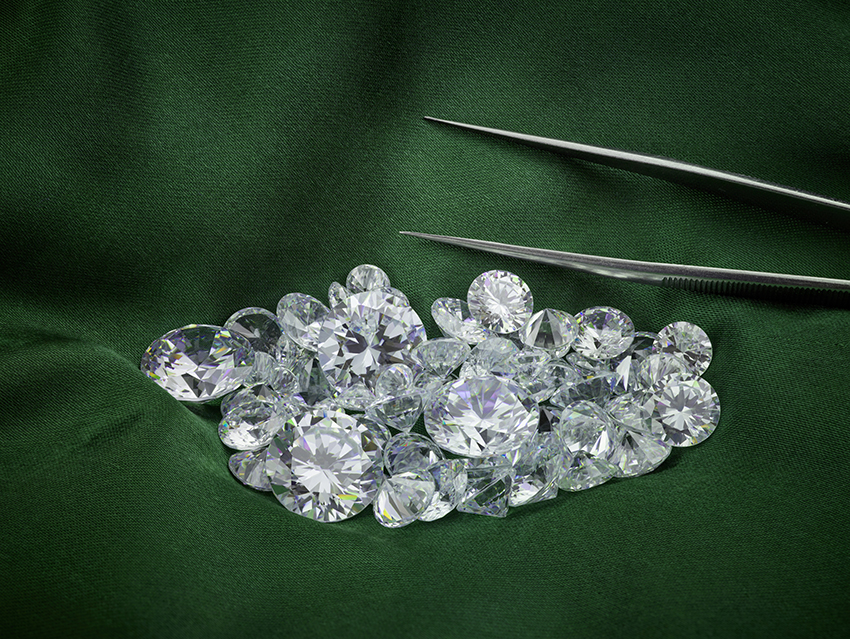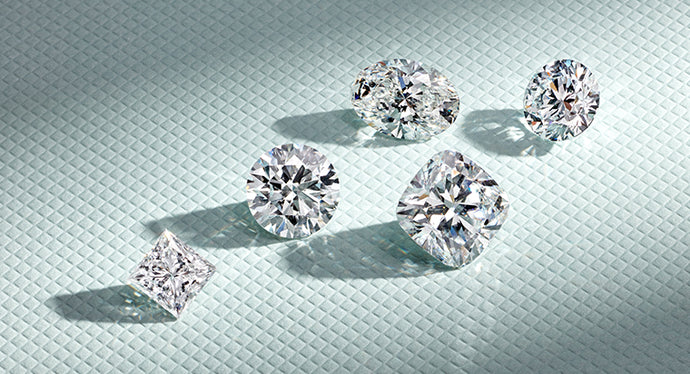
Lab Diamond Rings: Platinum vs. Gold
While choosing a lab diamond ring, one of the main decisions is selecting the metal for the band. Platinum and gold are two popular options, each offering unique benefits and esthetic appeal. In this article, we’ll explore the critical differences among platinum and gold for lab diamond rings to assist you with making an informed choice.
Platinum vs. Gold: Key Differences
Understanding the differences among lab diamond rings platinum vs gold is essential while selecting a lab diamond ring. Platinum is a rare, thick metal known for its durability and natural white sheen. It doesn’t tarnish and is hypoallergenic, making it a brilliant choice for those with sensitive skin. Gold, on the other hand, is available in various colors, including yellow, white, and rose, and is valued for its timeless appeal. While considering platinum vs. gold for your lab diamond ring, think about your lifestyle, personal style, and inclinations.
Durability and Longevity
With regards to durability, platinum has the edge over gold. Platinum is a highly durable metal, resistant to scratching and bending. It maintains its sheen and doesn’t require rhodium plating, unlike white gold, which frequently needs replating to keep its white color. For a lab diamond ring that withstands daily wear and retains its appearance after some time, platinum is a top choice. Gold is also durable however may require more maintenance and care to forestall scratches and discoloration.
Color and Esthetic Appeal
The choice among platinum and gold frequently boils down to personal inclination and desired esthetic. Platinum has a natural white color that supplements the brilliance of lab created diamonds, creating a smooth and current look. It has an unobtrusive, understated elegance that works well with contemporary styles. Gold, available in various shades like yellow, white, and rose, offers a broader range of esthetic options. Yellow gold provides a classic, warm tone, while white gold offers a similar focus on platinum yet with a different tint. Rose gold adds a unique, romantic touch to lab diamond rings.
Cost Considerations
Cost is an important factor while choosing among platinum and gold for your lab diamond ring. Platinum is generally more expensive than gold because of its rarity and density. The higher expense mirrors the metal’s durability and the fact that platinum is much of the time utilized in higher purity. Gold, being more affordable, offers a variety of options as far as karat weight and color, allowing for more flexibility in budget planning. While deciding between platinum vs. gold, consider how the expense aligns with your budget and inclinations.
Maintenance and Care
Maintaining the appearance of your lab diamond ring is crucial, and both platinum and gold require different degrees of care. Platinum is relatively low-maintenance, as it doesn’t tarnish and only necessities occasional cleaning to maintain its shine. Gold, particularly white gold, may require periodic rhodium plating to keep its white appearance and to keep it from becoming dull. Regular cleaning and polishing can assist with maintaining the beauty of your gold ring, however it may involve more upkeep compared to platinum.
Personal Style and Lifestyle
Your personal style and lifestyle should influence your choice among platinum and gold for your lab diamond ring. Platinum’s durability and present day look make it a great option for those with an active lifestyle or who lean toward a minimalist esthetic. Gold’s versatility allows you to pick a ring that matches your style, whether it’s classic, vintage, or contemporary. If you favor a ring that supplements your everyday wear and matches a specific style, consider how each metal aligns with your personal taste and lifestyle needs.
Environmental and Ethical Considerations
For those concerned about environmental and ethical issues, both platinum and gold proposition sustainable options. Lab diamonds themselves are an ethical choice, and choosing reused or responsibly obtained metals can enhance the overall sustainability of your ring. Platinum, being rarer, may require more mining, yet it is much of the time utilized in higher purity and can be reused. Gold can also be obtained responsibly, and reused gold options are widely available. While selecting among platinum and gold, consider the ethical practices of the gem specialist and the environmental impact of the materials.
Conclusion: Choosing the Right Metal for Your Lab Diamond Ring
In conclusion, both platinum and gold proposition distinct advantages for lab diamond rings. Platinum is known for its durability, present day appeal, and low-maintenance nature, while gold provides a range of colors, affordability, and classic elegance. The choice between platinum vs. gold ultimately relies upon your personal inclinations, lifestyle, and budget. By considering the factors outlined in this article, you can make an informed decision and select a metal that supplements your lab diamond ring impeccably.






